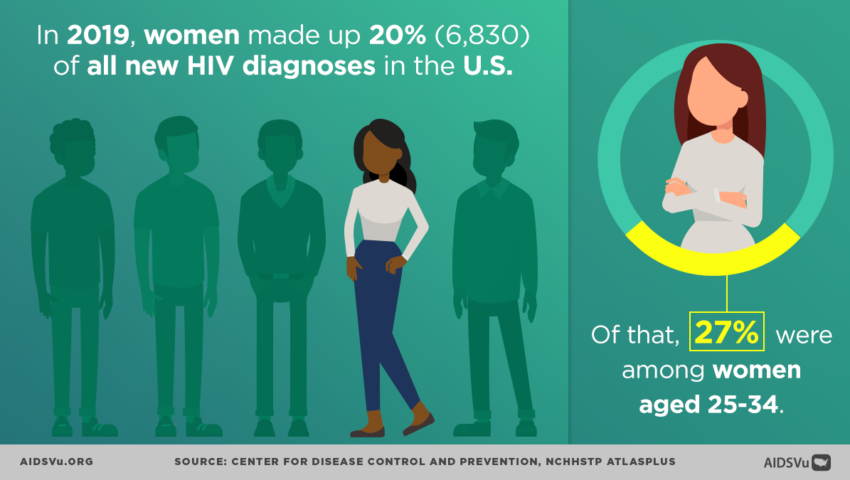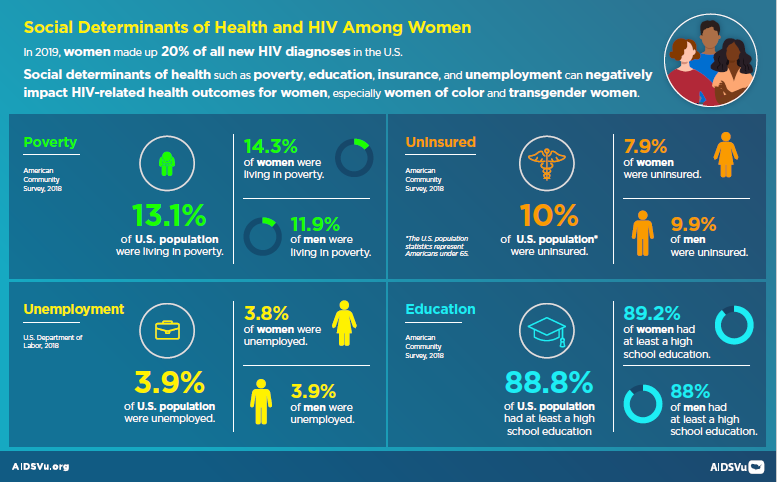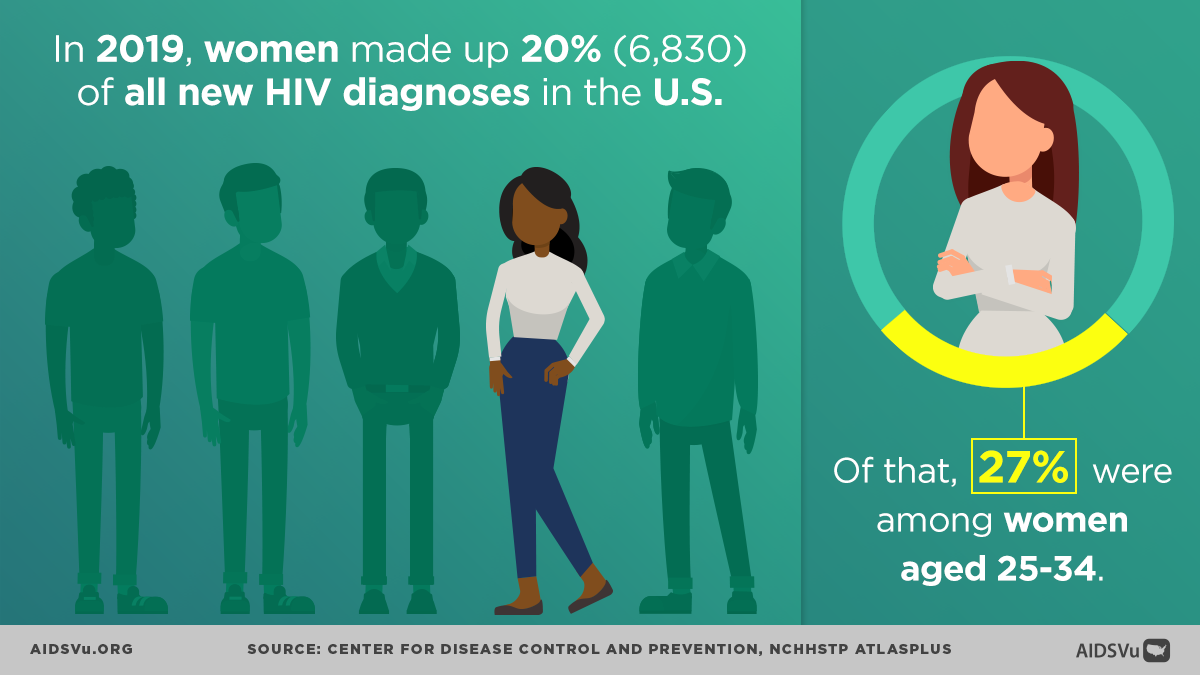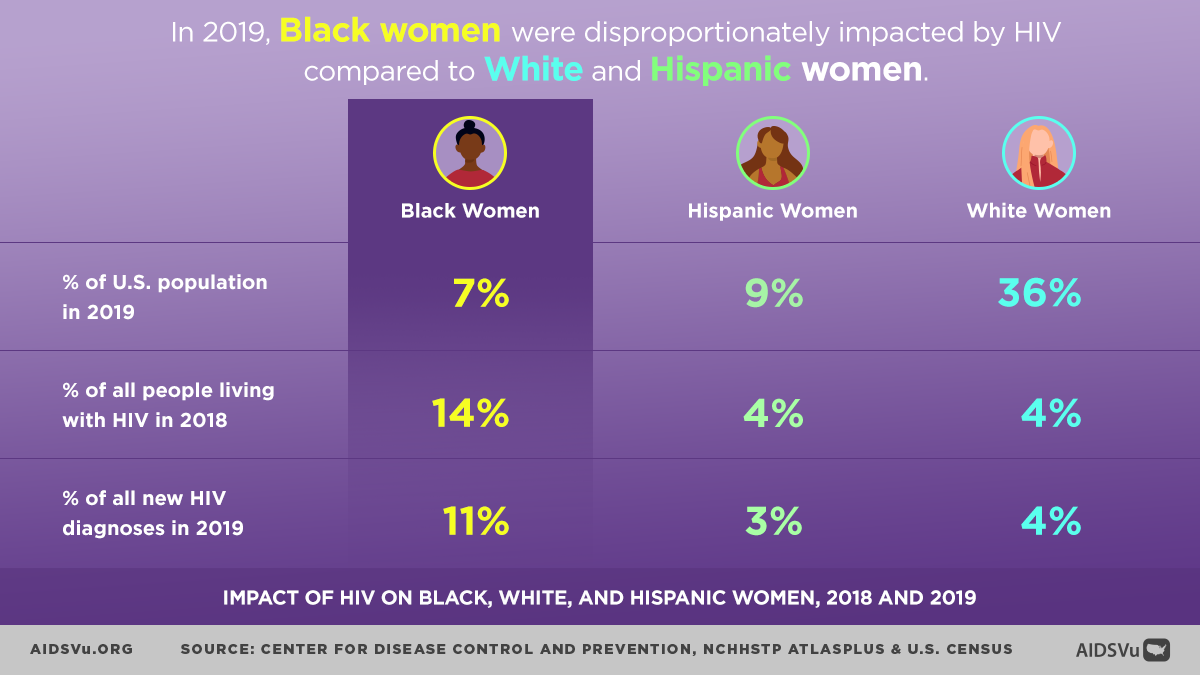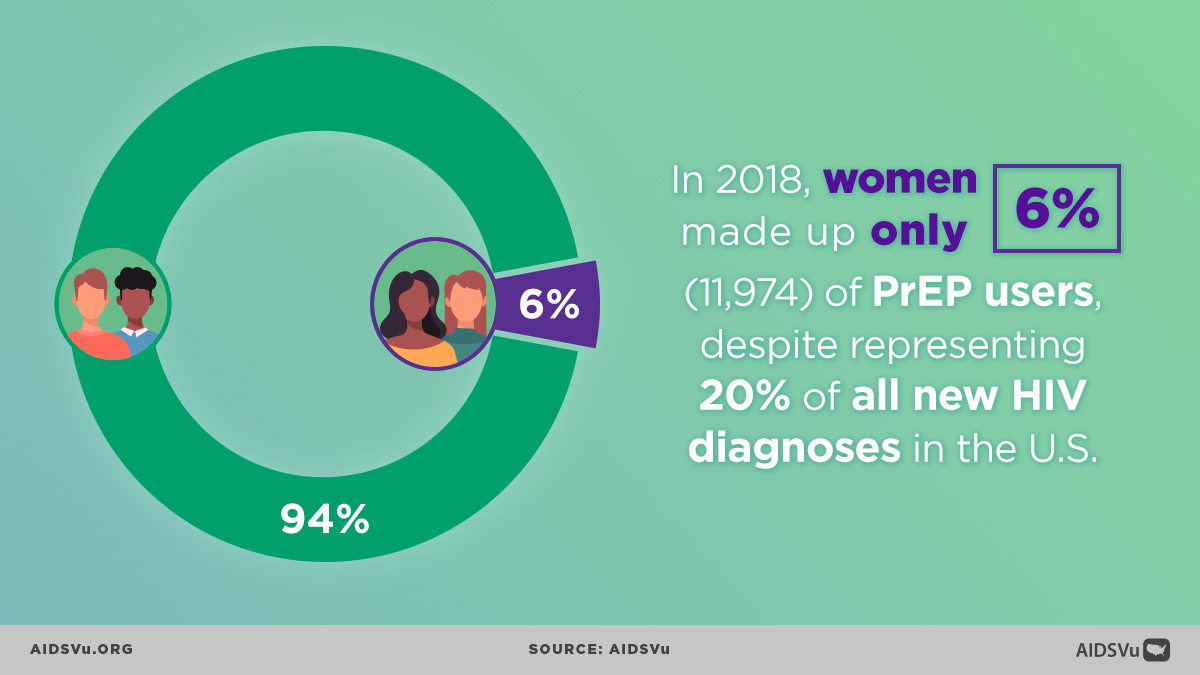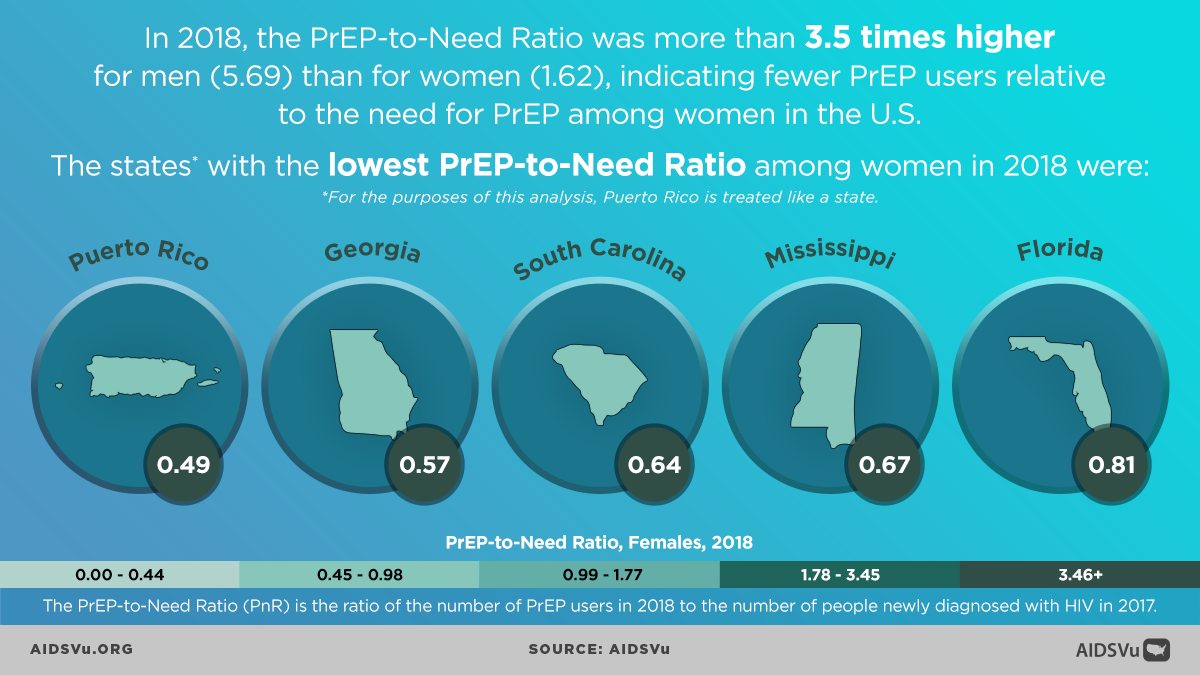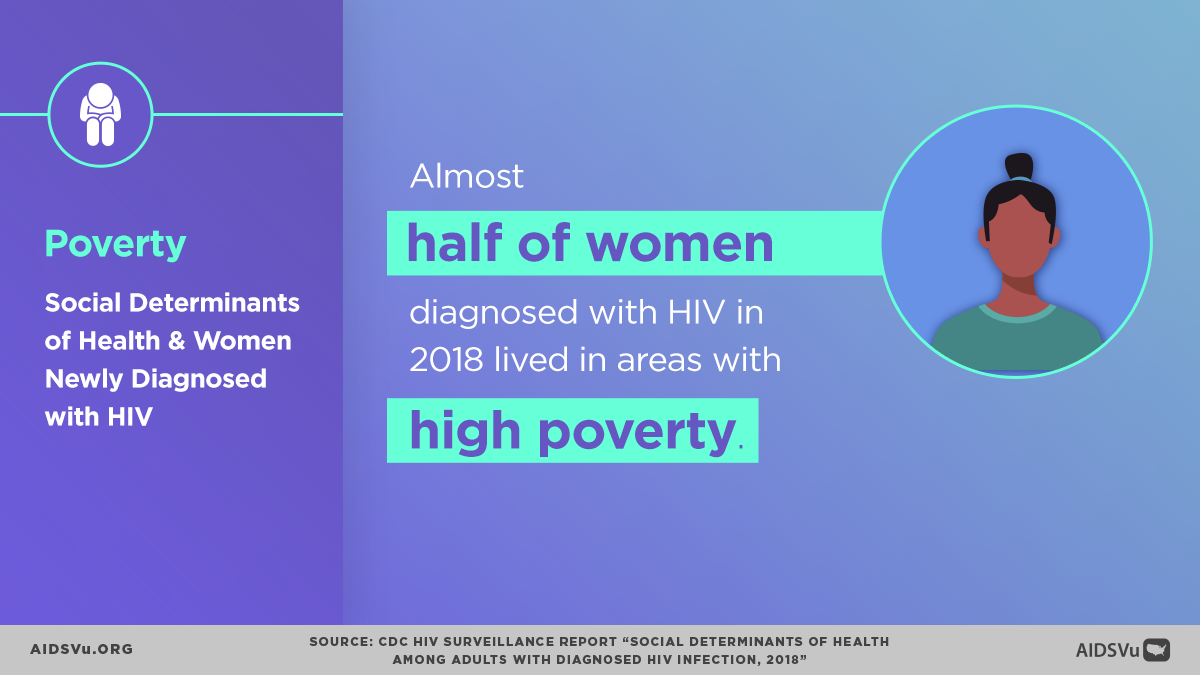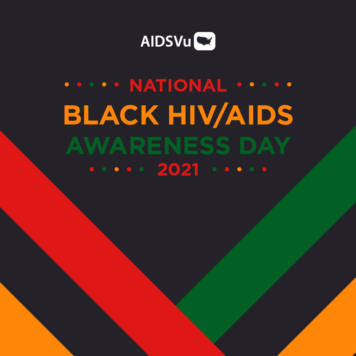On March 10, AIDSVu recognizes National Women & Girls HIV/AIDS Awareness Day (NWGHAAD) to draw attention to the impact of HIV on women and girls and the inequities in access to HIV screening, prevention, and care for women, especially women of color and transgender women in the U.S. This year’s theme, “You. Me. WE. Changing the face of HIV,” highlights the role of all stakeholders in ending the HIV epidemic among women and girls.
Women of color and transgender women continue to be disproportionately affected by HIV:
- In 2019, Black women represented 7% of the U.S. population but 11% of all new HIV diagnoses and 56% of all new HIV diagnoses among women.
- In the same year, Hispanic women represented 9% of the U.S. population, 3% of all new HIV diagnoses and 17% of all new HIV diagnoses among women.
- White women represented 36% of the U.S. population in 2019, 4% of all new HIV diagnoses and 22% of all new HIV diagnoses among women.
Among transgender women, 44% of Black transgender women, 26% of Hispanic/Latina transgender women, and 7% of White transgender women were living with HIV from 2006 to 2017.
These racial disparities also exist in HIV care. In 2018, 61% of Black women were virally suppressed, compared to 66% of Hispanic women and 64% of white women. Women also experience inequities in PrEP access and use. In 2018, women made up only 6% of PrEP users, despite representing almost 20% of all new HIV diagnoses in the U.S.
NWGHAAD is also an opportunity to raise awareness about how social determinants of health can affect women’s HIV-related health outcomes. For example:
- In 2018, almost half of women diagnosed with HIV lived in areas with high poverty.
- In the same year, almost half of all women diagnosed with HIV lived in areas with high percentages of uninsured people.
As the nation works towards ending the U.S. HIV epidemic by 2030, we must prioritize women and girls, particularly women of color, in public health planning to develop policies and programs that address the social and structural inequalities that pose barriers to HIV testing, prevention, and care for women and girls.
To learn more about how the HIV epidemic impacts women and girls, explore these AIDSVu resources:
- Visualize HIV data stratified by sex, age, and race/ethnicity on AIDSVu’s interactive map.
- Explore our local data profiles to learn about HIV/AIDS in your area.
- Find available HIV testing and care services near you with AIDSVu’s service locators.
- View expert-led Q&A blogs to deepen your understanding of HIV/AIDS among women and girls.
- Share our infographics with your networks to raise awareness.

